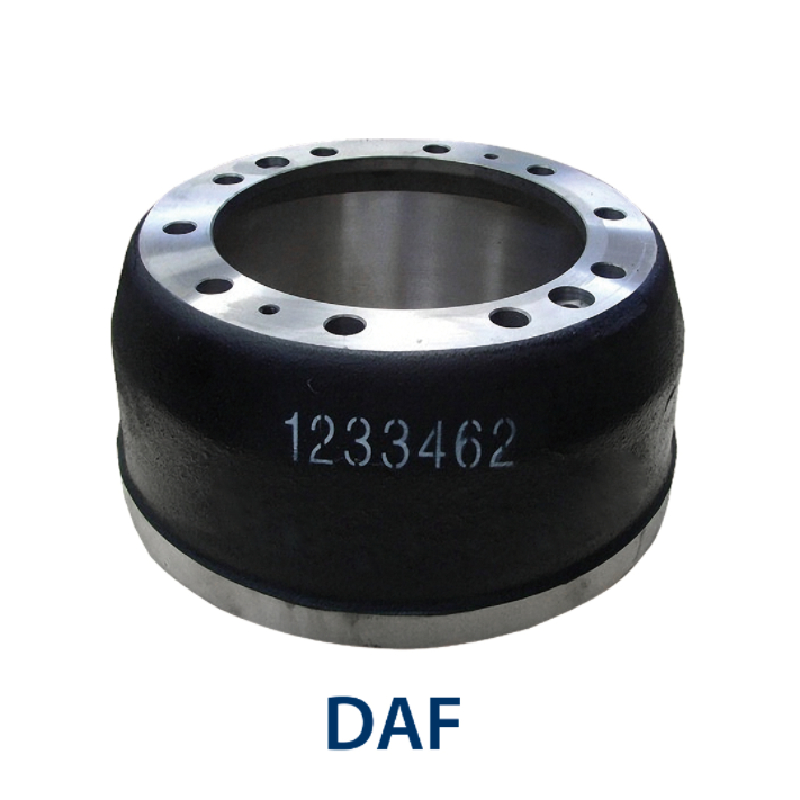Dec . 04, 2024 09:42 Back to list
brake drum casting
The Fundamentals of Brake Drum Casting A Comprehensive Overview
Brake drums play a critical role in the braking systems of various vehicles, especially in heavier automobiles such as trucks and buses. Understanding the manufacturing process of brake drum casting is essential for ensuring the reliability and safety of these vital components. This article delves into the intricacies of brake drum casting, covering its materials, production processes, and technological advancements.
What is Brake Drum Casting?
Brake drum casting refers to the process of creating drum-shaped components used primarily in drum brake systems. These systems employ friction to slow down and stop vehicles, making the materials and manufacturing methods vital for performance and safety. Brake drums must withstand high levels of stress and heat, making durability a key consideration in their design and production.
Materials Used in Brake Drum Casting
The primary materials used in brake drum casting are cast iron and, more recently, certain alloys that include aluminum or magnesium. Cast iron is favored for its high wear resistance, excellent thermal conductivity, and capacity to absorb vibrations. These properties make it an ideal choice for standard brake drum applications. Alloyed materials offer advantages in weight reduction, which can enhance vehicle performance and fuel efficiency. However, they may not yet match the thermal stability and wear resistance of traditional cast iron.
The Casting Process
The process of brake drum casting generally involves several key steps
1. Pattern Making A pattern, usually made of metal or wood, is created to form the mold for the brake drum. This pattern replicates the final desired shape and dimensions of the brake drum.
2. Mold Creation The pattern is used to create a mold, typically made from sand. Where sand molds are concerned, the sand is combined with a binding agent to ensure it holds its shape during the pouring of molten metal.
brake drum casting

3. Melting The cast iron or alloy is melted in a furnace at high temperatures. The molten metal must be poured into the mold quickly to minimize solidification time and avoid contamination.
4. Pouring The molten metal is poured into the mold. This step must be carefully controlled to avoid defects such as air bubbles or inclusions that can weaken the final product.
5. Cooling After pouring, the metal is left to cool and harden. The cooling rate can affect the microstructure and, subsequently, the mechanical properties of the brake drum.
6. Finishing Once the brake drum has cooled and solidified, it is removed from the mold and subjected to various finishing processes, including machining, grinding, and surface treatment to achieve the desired dimensions and surface finish.
7. Quality Control It is crucial to perform stringent quality checks on the finished product to ensure it meets safety and performance standards. This includes examining the structure for defects and verifying that it accommodates mounting and fitment requirements.
Recent Advancements in Brake Drum Casting
As the automotive industry evolves, so do the technologies behind brake drum casting. Innovations in materials science have led to the development of lighter and more heat-resistant alloys. Moreover, the introduction of computer-aided design (CAD) and computer-aided manufacturing (CAM) has improved the precision of patterns and molds, resulting in higher-quality brake drums and more efficient production processes.
Additionally, sustainable practices are becoming increasingly important in the casting industry. The development of eco-friendly materials and recycling processes for metals not only reduces environmental impact but can also lower production costs.
Conclusion
Brake drum casting is a complex and critical process that ensures the safety and functionality of braking systems in numerous vehicles. By understanding the materials, processes, and advancements in this field, manufacturers can continue to enhance the performance and reliability of brake drums, meeting the evolving demands of the automotive industry. As technology progresses, we can expect even more efficient and robust solutions in brake drum manufacturing, ultimately leading to safer driving experiences worldwide.
-
Scania Brake Drums: OEM Quality for Optimal Safety & Durability
NewsAug.16,2025
-
R.V.I: Advanced Remote Visual Inspection for Precision
NewsAug.15,2025
-
Discover HYUNDA: Innovative Vehicles, Equipment & Solutions
NewsAug.14,2025
-
R.V.I: Unlock Advanced Insights & Real-time Performance
NewsAug.13,2025
-
Kamaz Brake Drum: Durable & Reliable for Heavy Duty Trucks
NewsAug.12,2025
-
Heavy Duty Iveco Brake Drum - Premium Quality & Safety
NewsAug.11,2025
